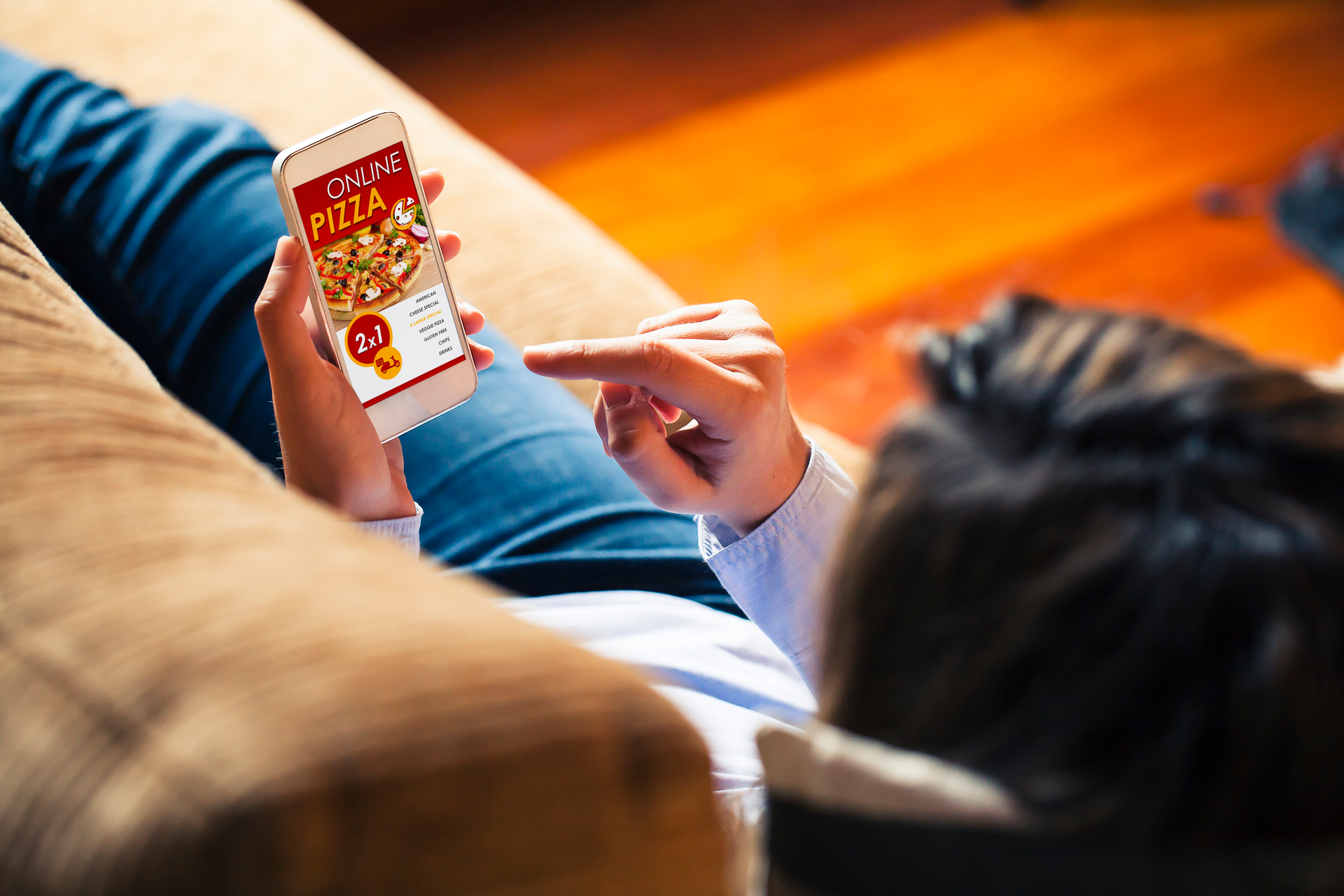Smartphones let people stay in touch with friends, shop for furniture, play games and browse social media, for starters. When they get hungry, getting food is as easy as finding a restaurant that offers mobile ordering.
It’s smart to know how mobile ordering technology changed the ways you can appeal to customers. Here are six examples:
1. Catering to diners with busy schedules
Many people view cooking as something they’d rather avoid, especially after dealing with busy days. Maybe you can relate — you’re hungry, but not up to making a meal or dining out. Not long ago, the only option was to head to the nearest drive-thru restaurant and grab a burger and fries.
Now the choices are more diverse. They allow people to get food quickly on their schedules from more than just fast-food places.
Olive Garden and Panera Bread are some of the many restaurants that enable people to order from a mobile app and then pick up the food at a designated time. Some places have dedicated areas for mobile order customers to retrieve their food without waiting in the regular line.
These options let you highlight how easy it is to get great-tasting food even when people are too busy to cook or eat out.
2. Allowing curious diners to try new, popular restaurants without the crowds
Mobile ordering lets people order their choices of cuisines and have them delivered or picked up. Places that offer this service should also keep in mind that some customers may use this convenient option to give a restaurant a trial run. That’s why offering mobile ordering early in an establishment’s existence, such as from its grand opening and beyond, could be a wise choice for marketing professionals.
For example, your marketing materials could draw attention to how mobile ordering allows people to see what all the fuss is about for a new restaurant without dealing with the crowds.
If a person has anxiety disorders or a newborn baby, those are two other factors that may come into play for people who want to try the fare without the hassles of going out.
3. Providing a new platform for marketers to reach customers
Before smartphones became ubiquitous, you often had to rely on channels like print magazines and television ads.
Those methods work to a point, but still require people in the target market to engage with them — which didn’t always happen. In contrast, apps that facilitate mobile ordering can also entice customers by giving them updates and promotional offers.
Specialty companies also exist to help restaurants roll out their mobile ordering ideas, too. This one, for example, offers features like a coupon builder and a customized rewards program for clients to use when building mobile ordering applications. You can still use more traditional options, but newer possibilities are well within reach.
4. Tapping into market segments of younger diners
Mobile ordering apps are versatile enough that they could appeal to anyone who uses a smartphone. However, multiple studies suggest millennials are especially likely to be on board with mobile meals. For example, they are the largest group of smartphone users, as well as the generation that dines out most often — an average of five times per week.
In college towns, some of the restaurants that offer advanced ordering through an app accept the digital funds students access through their campus meal plans. Others let people browse for a particular cuisine, such as burritos, and then see which restaurants in the area offer them via mobile ordering menus.
These examples show how mobile ordering gives you plenty of opportunities to connect with younger diners that may not respond as well to other tactics.
5. Encouraging marketers to embrace smart speakers
Smart speakers helped consumers get acquainted with a new way of interacting with their gadgets. They can get things done with just their voices. A study published in January 2019 revealed that 133 million smart speakers are used in the U.S. It’s not surprising that some smart speaker apps let people try voice ordering from their favorite restaurants.
Many have a mobile reordering service that lets people speedily purchase previous meals in only a few steps. Additionally, it’s common for smart speaker apps to have order-tracking features. Those options keep users informed without requiring them to contact restaurants directly to get status updates.
Even if your company is still in the early stages, it’s useful to look at the possibilities of smart speaker-based mobile ordering to keep up with trends.
6. Promoting the consistency of staying at home
When people choose to eat delivered or picked-up meals at home, they know what to expect and can customize the environment by watching a streaming series or listening to podcasts, and they don’t have to get dressed to go out.
This reality gives you chances to remind people of how nice it can be to stay at home and enjoy freshly cooked food from local restaurants.
Exciting opportunities ahead
This list emphasizes why you have compelling reasons to give mobile ordering a try. You could find it grows your business and meets customers’ needs better than expected.







